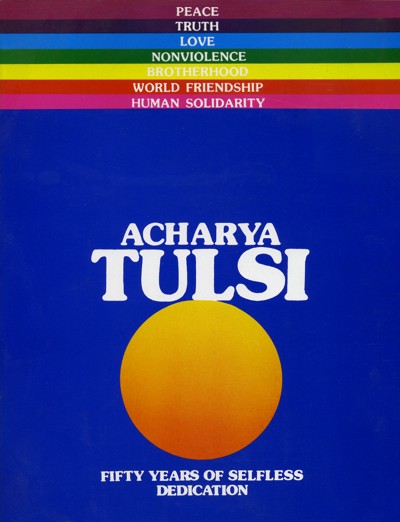Spiritual vigilance, i.e. awakening of the consciousness and its constant alertness, is an essential constituent of meditation. Only he who is alert can be vigilant; only he who is vigilant can concentrate; and only he who is able to concentrate can practise meditation. One who is not vigilant is prone to be assailed by fear from all directions. On the other hand, one who is alert, and hence fully vigilant, is never perturbed by fear.
An alert mind never burdens itself with unnecessary memories of what is done. Man is, habitually, bothered more by the memories of the past actions than by the work in hand. For instance, when he takes his meals, instead of concentrating on eating, his mind is agitated with umpteen other, mostly irrelevant, memories and/or plans. He who keeps his mind fully engaged in whatever is being done at the moment is a true sadhak. Complete harmony of body, mind and speech is indeed very rarely achieved. And where there is no harmony between the body and the mind, the result is agitation, tension and restlessness. In fact, real sadhana comprises total harmony of thought and deed - call it concentration, meditation or whatever you like.
Meditation does not mean suppression of mental function. Any attempt towards its suppression makes the mind more restless. The question then arises: What to do to achieve concentration? The answer is simple: 'See yourself, perceive yourself, and realise the Self.
As already stated, breath is an essential constituent of the self. Realising breath is a step towards realizing the self. And so he who realises his breath is a wise man. He may not be a scholar but he knows his Self, and is, therefore, wise.
Normally one pays no attention to breath, makes no efforts to breathe. Nevertheless, breathing does not stop. Proper breathing is very important. He who is indifferent to how he breathes is ignoring his own Self. Breathing, internal breathing, sense organs, body and mind are all qualified to become objects of concentrated perception, without which peace of mind cannot be achieved.
Today we live in a world of mental tensions. Even doing the chores like buying one's necessities from a ration shop or commuting in a crowded city produces severe tensions. The question is: What is the remedy? How to avoid the injurious effects of the daily stress? Modern life-styles are unlikely to change for the better. We must therefore find the remedy within our own selves. Fortunately we do possess an innate protective mechanism - tropotrophic or relaxation response - which when triggered can produce conditions diametrically opposite to those of stress. Regular practice of an 'easy-to-learn meditational technique' is a potent remedy for relieving mental stress and achieving peace of mind. It can also prevent the onslaught of dangerous psychosomatic diseases.
Preksha Dhyana is such an uncomplicated easy-to-learn technique of meditation. It comprises the following:
- Kayotsarga (Total Relaxation)
- Antaryatra (Internal Trip)
- Svasa Preksha (Perception of Breath)
- Sarira Preksha (Perception of Body
- Chaitanya Kendra Preksha (Perception of Psychic Centres)
- Lesya Dhyana (Perception of the Psychic Spectrum)
- Perception of the Present Moment
- Perception of Thoughts
- Self-discipline
- Bhavana (Counter Vibrations)
- Anupreksha (Contemplation)
- Concentration
 Yuvacharya Mahaprajna
Yuvacharya Mahaprajna
